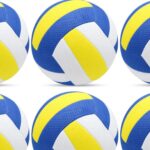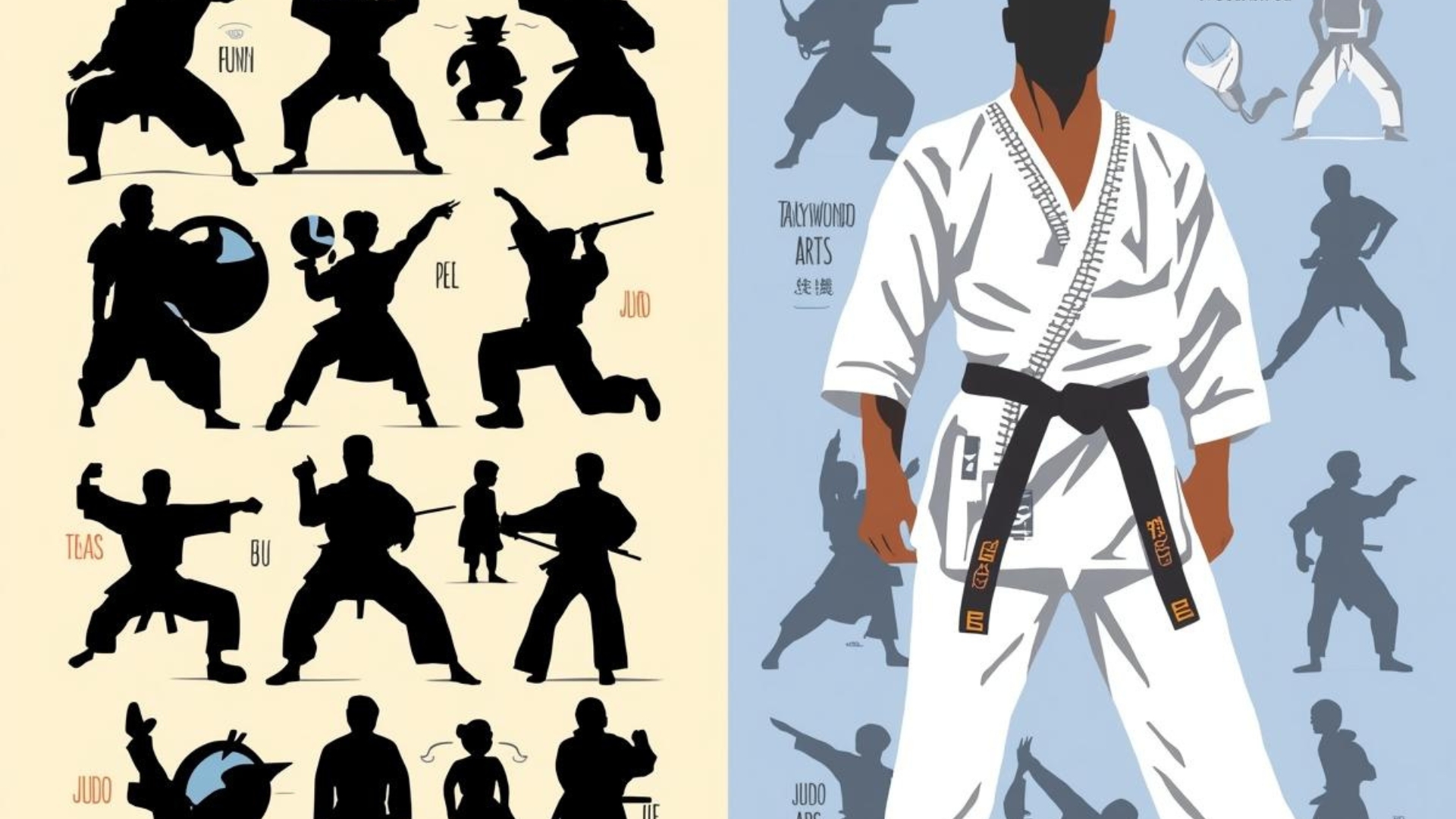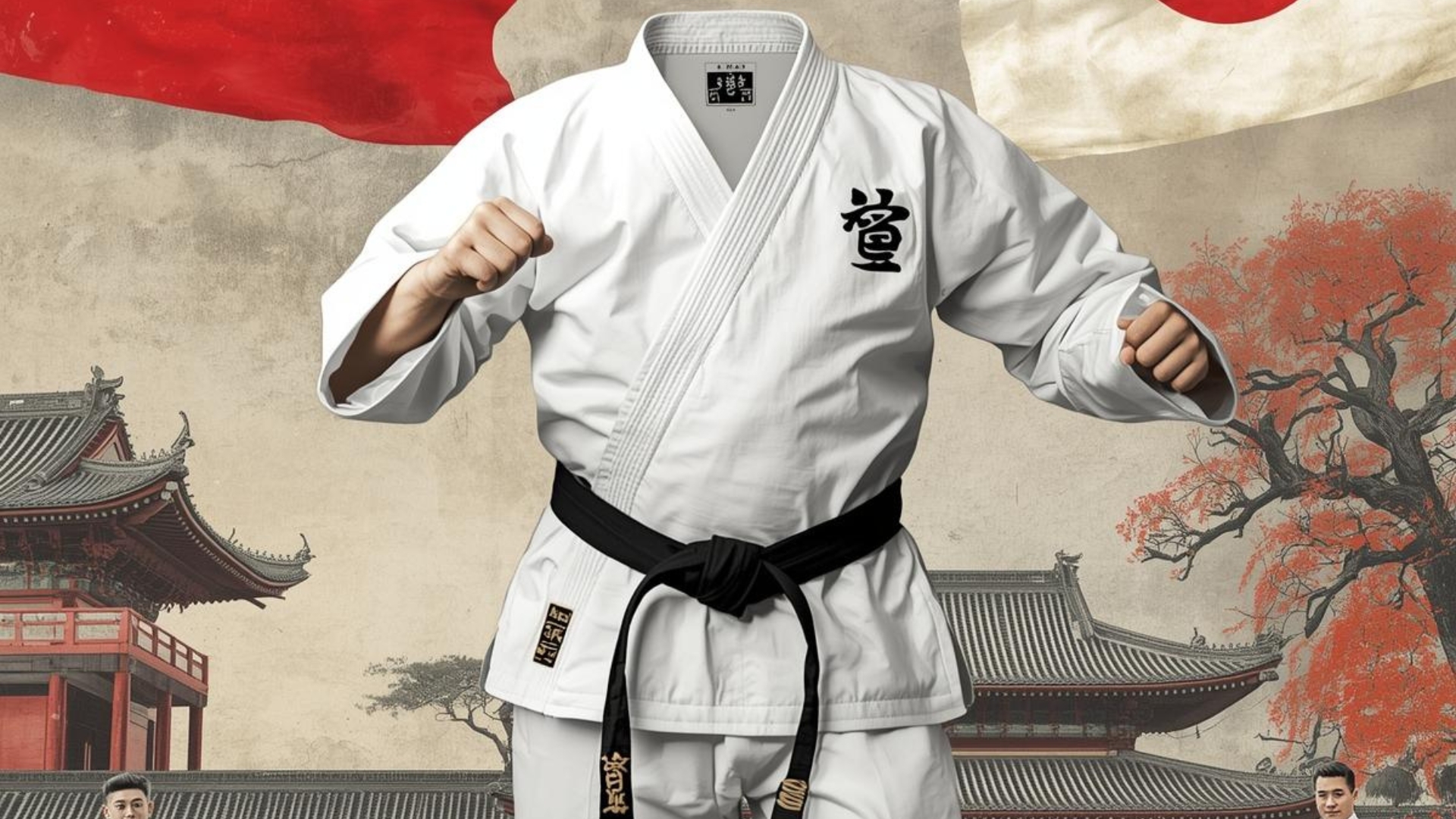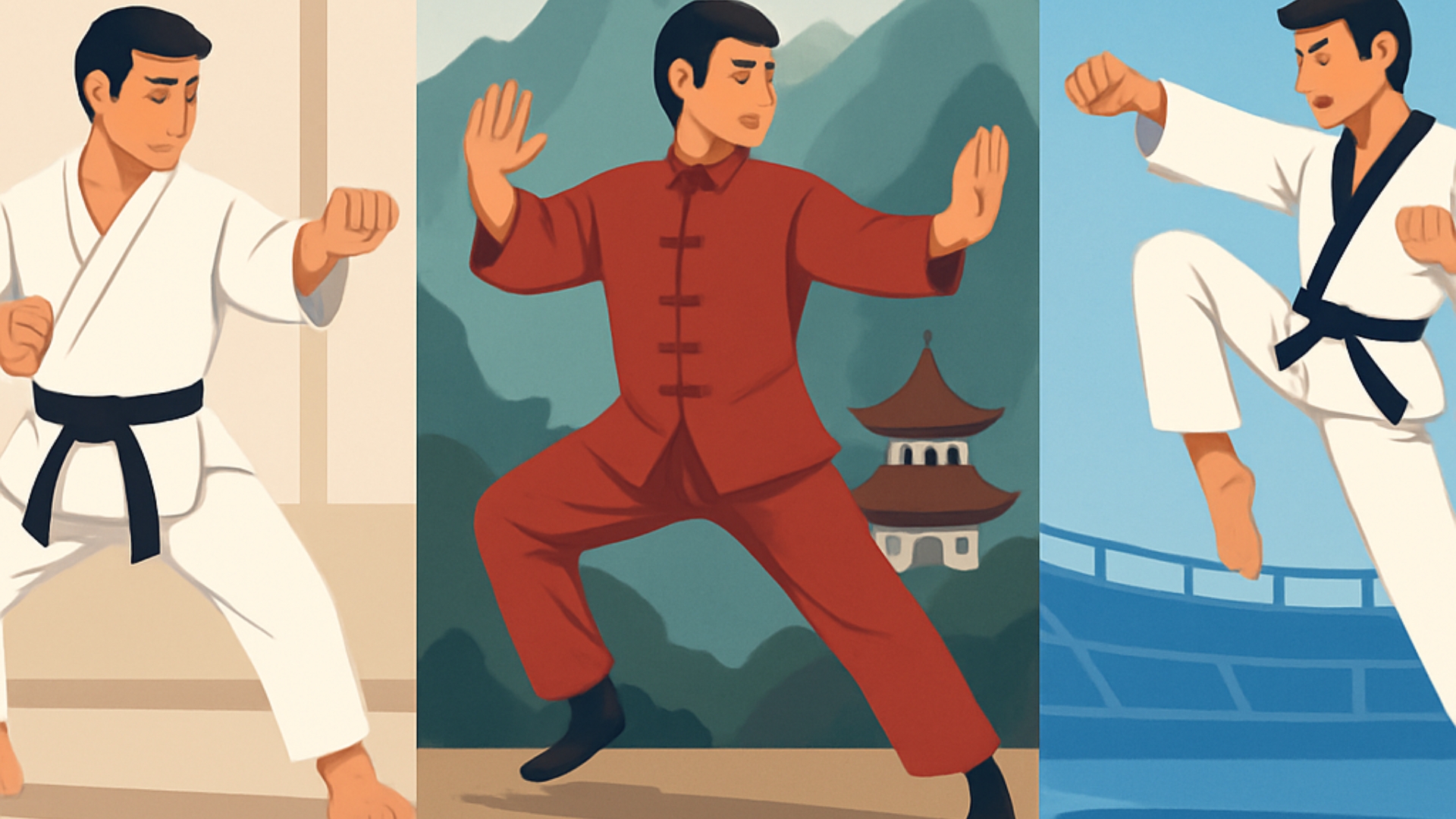First, people often confuse martial arts with karate. These terms are not the same. Martial arts is a broad category of fighting systems. Next, karate is one specific style within that huge group. Understanding this difference helps you choose a path.
Next, scholars define martial arts as diverse global combat systems. Studies confirm karate’s specific origin in Okinawa, Japan. Researchers note its primary focus is on striking techniques. Also, analysts agree that structured training in arts like karate improves discipline, fitness, and self-confidence. This makes it a path for personal growth.
Now, you can find the perfect martial art for your goals. This choice is deeply personal. It shapes your fitness journey. Finally, discover a path that builds your mind and body. Your transformation begins with the right selection.
What Are Martial Arts?
Martial arts is a very broad term. It describes many different systems of combat and self-defense. These systems come from all over the world. They have diverse histories and goals. Think of “martial arts” as a giant library. The library contains thousands of books. Each book is a unique fighting style.
Martial arts encompass a huge range of techniques. Some focus on striking with hands and feet. Others specialize in grappling, throws, or joint locks. Some even teach the use of weapons. The common thread is a structured system for physical combat.
What is Karate?
Karate is one specific martial art. It is a single book in that large library. Karate originated in Okinawa, Japan. The name translates to “empty hand.” This name reflects its core principle. Practitioners use their bodies as weapons. They do not rely on external tools.
Karate is primarily a striking art. It emphasizes sharp, powerful techniques. These include punches, kicks, knee strikes, and elbow strikes. It also uses open-hand techniques. Karate training develops physical strength, speed, and focus.

A Comparison of Key Differences
Let’s examine the distinct differences between the broad category of martial arts and the specific style of karate.
Scope and History
Martial arts represent a global collection of fighting styles. They have ancient roots on every continent. Styles like wrestling existed in ancient Greece. Chinese Kung Fu has a history spanning thousands of years.
In contrast, karate’s history is more focused. It developed over several hundred years in Okinawa. This was a result of trade and cultural exchange with China. The style was later refined and introduced to mainland Japan in the early 20th century. Okinawan masters developed it for civilian self-defense against armed opponents.
Philosophy and Goals
Each martial art has its own philosophy. Some prioritize spiritual development. Others focus on sports competition or pure self-defense. Your personal goals will help you find a good fit. You might seek fitness, confidence, or discipline.
Karate’s philosophy centers on self-development. Gichin Funakoshi, the founder of modern karate, stated that its ultimate goal is the perfection of the character of its participants. Training cultivates discipline, respect, and humility. While it is an effective self-defense system, its core purpose is personal growth.
Core Techniques and Styles
The world of martial arts contains endless techniques. Boxing uses punches. Judo uses throws. Brazilian Jiu-Jitsu (BJJ) focuses on ground fighting. Muay Thai is famous for its powerful elbow and knee strikes.
Karate’s core techniques are specific. They include linear punches, blocks, and kicks. Karate practitioners train in formal patterns called kata. These are sequences of movements against an imaginary opponent. Different styles of karate exist. They have unique characteristics.
- Shotokan: This style uses deep, long stances for stability and power.
- Goju-ryu: It combines hard, linear attacks with soft, circular movements and features specific breathing methods.
- Wado-ryu: This style emphasizes evasion and body shifting. It has a lighter, more natural stance.
- Shito-ryu: It has a massive catalog of kata, blending features from other styles.
Training, Gear, and Structure
Training methods vary widely across different martial arts. A boxing gym feels very different from a Judo dojo. The equipment, class structure, and ranking systems are unique to each art.
Training and Conditioning
Karate training is highly structured. A typical class includes warm-ups, basic techniques (kihon), forms (kata), and partner drills (kumite). Conditioning is intense. It focuses on strengthening the entire body for powerful strikes. This includes push-ups, squats, and core exercises.
Other arts have different methods. A BJJ class involves a lot of grappling on the mat. A Muay Thai session includes heavy bag work and hitting pads. The conditioning always matches the art’s specific demands.
Equipment and Ranking
Karate practitioners wear a simple uniform called a “gi.” They use a colored belt system to show rank. A beginner starts with a white belt. They progress through various colors toward a black belt. The journey to a black belt often takes many years. This system provides clear goals for students.
Other martial arts have their own gear. Boxers wear gloves and use punching bags. Fencers use foils and protective masks. Many arts, like Judo and BJJ, also use a gi and a belt ranking system similar to karate.
Choosing the Right Path
Selecting a martial art is a personal decision. Your choice depends on your goals and interests.
Guidance for Parents and Children
For children, martial arts offer amazing benefits. They build confidence, discipline, and physical fitness. Karate is an excellent choice for kids. Its structured classes and clear ranking system provide a positive learning environment. When choosing a school, observe a class. Speak with the instructor (sensei). Look for a focus on safety, respect, and fun.
Guidance for Adult Beginners
Adults seek martial arts for many reasons. These include fitness, self-defense, stress relief, or a new hobby. Consider what you want to achieve.
- For striking: Karate, Taekwondo, or Boxing are great options.
- For grappling, Judo or Brazilian Jiu-Jitsu are top choices.
- For weapons, Kali/Arnis or Kendo specializes in this area.
- For flowing defense, Aikido focuses on joint locks and redirection.
Visit different schools. Many offer a free trial class. Find an instructor and community that you connect with. A positive environment is key to long-term success.
Realistic Expectations
Progress in any martial art takes time and consistent effort. You will not become an expert overnight. Expect to feel awkward at first. Stick with it. The rewards are worth the work. Costs typically include monthly tuition and equipment fees. A commitment of two to three classes per week is a good start.
FAQs
Is karate good for self-defense?
Yes, karate is a very effective self-defense system. It teaches you to use your entire body to create powerful strikes. It also builds awareness and confidence.
How does karate compare to Taekwondo?
Karate and Taekwondo are both striking arts. Karate uses hands and feet fairly equally. Taekwondo is famous for its dynamic, high-flying kicks.
Can I learn more than one martial art?
Yes, many people cross-train in multiple arts. For example, combining a striking art like karate with a grappling art like Judo can make you a well-rounded practitioner.
Is karate a sport?
Karate is both a traditional martial art and a modern sport. Competitions have two main formats. One is kata (forms). The other is kumite (sparring).
Conclusion
Comparing martial arts to karate is like comparing “sports” to “basketball.” One is a vast category. The other is a single, well-defined discipline within it. Karate offers one clear path on the giant map of martial arts. It is a path of empty-hand combat focused on discipline, character, and powerful technique. The true journey is not about finding the “best” art. It is about finding the right path for you. Whether you choose the linear power of karate or the circular throws of judo, you are stepping onto a road of personal growth and discovery. The map is large, but every path begins with a single step.










